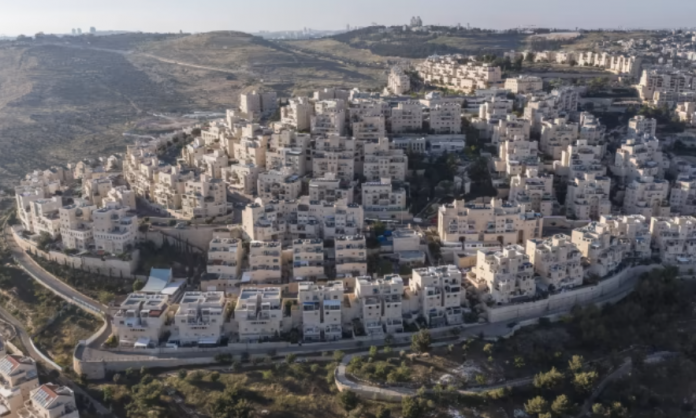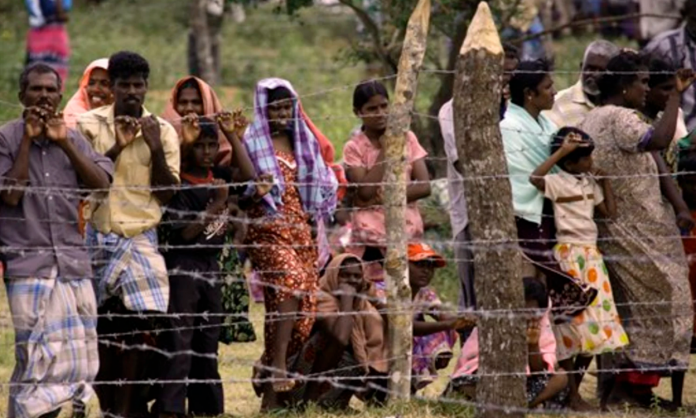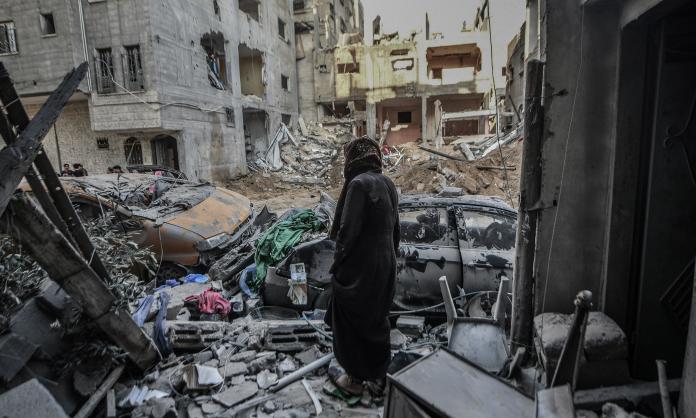“The security and the land are in Israeli hands”, declared Israeli Prime Minister Levi Eshkol one month after the June 1967 War. In just six days, Israel obliterated the combined armies of Egypt, Jordan and Syria. The remaining Palestinian territories of the West Bank, East Jerusalem and the Gaza Strip were seized, as well as the Syrian Golan Heights and Egypt’s Sinai Peninsula.
In what became known as Al-Naksa (Arabic for “the setback”), Israel expelled 300,000 Palestinians from their homes, including 130,000 who had already been displaced in 1948 during Al-Nakba (“the catastrophe”). In the West Bank, 55 percent of the land and 70 percent of water supplies were seized for Jewish settlers, who constituted only a tiny fraction of the population. This was a major victory for Israel, whose leaders began to realise their vision of a Jewish ethno-state.
But a big problem remained: the Palestinians. Israel’s leaders wanted the West Bank without its indigenous inhabitants. In Eshkol’s words, they “coveted the dowry, not the bride”.
When the guns fell silent, Israel began constructing settlements for its citizens on the stolen land. Palestinians were forced into isolated enclaves while Israeli civilians claimed their homes. Settlements were instrumental in creating new facts on the ground; as former Israeli Foreign Minister Moshe Dayan explained: “Without settlers, we cannot keep the army in those territories ... it would be a foreign army ruling a foreign population”.
Over the following decade, Israel enacted old laws to drive Palestinians from their land. The 1950 Absentees’ Property Law and the 1943 British Mandate Lands Order enabled the state to expropriate any land within the municipal boundaries for “public purpose”. Israel used other laws to take land on the grounds that it was a “requisition for military needs”.
Settlement belts around Jerusalem and the West Bank severed and ghettoized Palestinian communities, entrenching military domination over the occupied territory and its borders. The aim was to gain “maximum security and maximum territory for Israel with a minimum number of Arabs”, wrote Palestinian academic Nahed Habiballah in an article for the Jerusalem Quarterly.
Grassroots settler movements dovetailed with the official policies of Israeli colonisation. For instance, during the 1970s, the messianic group Gush Emunim rampaged through the occupied Palestinian territories, seizing and settling hilltops with the help of the military.
While the Israeli state officially criminalised these movements and settlements, it recognised their utility in accelerating the pace of colonisation. With the help of political and military leaders such as Ariel Sharon, settler movements tore through the West Bank and East Jerusalem.
Successive Israeli governments accelerated the pace of ethnic cleansing. Settlements fragmented Palestinian territory and sliced apart Palestinian communities, which were turned into domains of Israeli control.
The state poached water supplies and farmland in the West Bank for Israeli industry while severing Palestinian communities from their means of subsistence.
Palestinian workers became dependent on Israeli employment, which created the conditions for further collective economic punishment. During both Intifadas (Palestinian uprisings in 1987 and 2000), Israel imposed a blockade on Palestinian labour that had severe economic consequences in the occupied territories.
The 1995 Oslo Accords boosted Israel’s expansionist aspirations. The agreement, brokered between Israel and the Palestine Liberation Organisation amounted to a subtle and slow consolidation of control over Palestine.
It gave Israel a mandate to exercise total control over three quarters of the West Bank, while subcontracting security to the collaborationist Palestinian Authority. Meanwhile, West Bank Palestinians were forced to accept Israeli settlements on their land.
The Oslo years resulted in an enormous growth of Israeli settlements. They were accompanied by the building of “bypass roads”—territories under Israeli control—which facilitated the freedom of movement for settlers, while restricting movement for Palestinians. In the 1990s, more than 400 kilometres of settler-only roads were constructed in the West Bank.
Israel’s expansion accelerated in the 2000s with the construction of a 700-kilometre-long apartheid wall. It has become an emblem of the Israeli occupation. Around 85 percent of its route falls within the West Bank and it has severed roughly 150 Palestinian communities from their pastural and agricultural land. Thousands more have been cut off from schools, workplaces and essential services. More than 300,000 Palestinians were forcibly transferred to the direct control of the Israeli state, yet were denied residential status or citizenship.
Today, there are between 600,000 and 750,000 Israeli settlers living in at least 250 illegal settlements (130 official, 120 unofficial) in the occupied West Bank and East Jerusalem. The settlers have Israeli residential status and citizenship, while Palestinians are subject to Israeli military law.
Since 1967, Israel has demolished 25,000 Palestinian homes, most of which are in the West Bank. There are more than 700 road obstacles and 140 checkpoints that restrict Palestinians freedom of movement. But Israelis can travel freely on their bypass roads.
Palestinians have endured physical segregation, systematic discrimination, violent repression, ethnic cleansing and genocide for more than 75 years. But the violence has dramatically escalated in recent times.
A coalition of fascists and far-right ministers now hold the reins of power. These include the likes of Itamar Ben-Gvir, a settler-leader and national security minister—and self-described “fascist homophobe”—and finance minister Bezalel Smotrich. They want to wipe Palestinians off the map entirely in their ambition of “Greater Israel”.
More than 50 Palestinians have already been killed in the West Bank. Ben-Gvir says that his office is distributing 10,000 firearms, as well as combat gear, to Israeli settlers in the occupied territory. “We will change the world so that the settlements will be protected”, he warned. “I have ordered the massive arming of the civilian standby units.”
On Friday, a settler armed with an assault rifle walked into the village of Al-Tuwani in the southern West Bank and shot a Palestinian point blank. Two days before, settlers shot and killed three Palestinians in Qusra. On Thursday, settlers attacked their funeral procession, shooting dead another two Palestinians.
When settlers arrived at Wadi al-Seeq, a small village home to 200 people in the central West Bank, Palestinians ran for their lives. Abdelrahman Kaabni, the head of the village council, said the police and soldiers had also attacked and beaten people. The community had rushed to get out of Qusra, leaving behind their cisterns, livestock, solar panels and cars.
“The settlers took everything”, Kaabni cried, “and now they’re squatting in our homes”.







